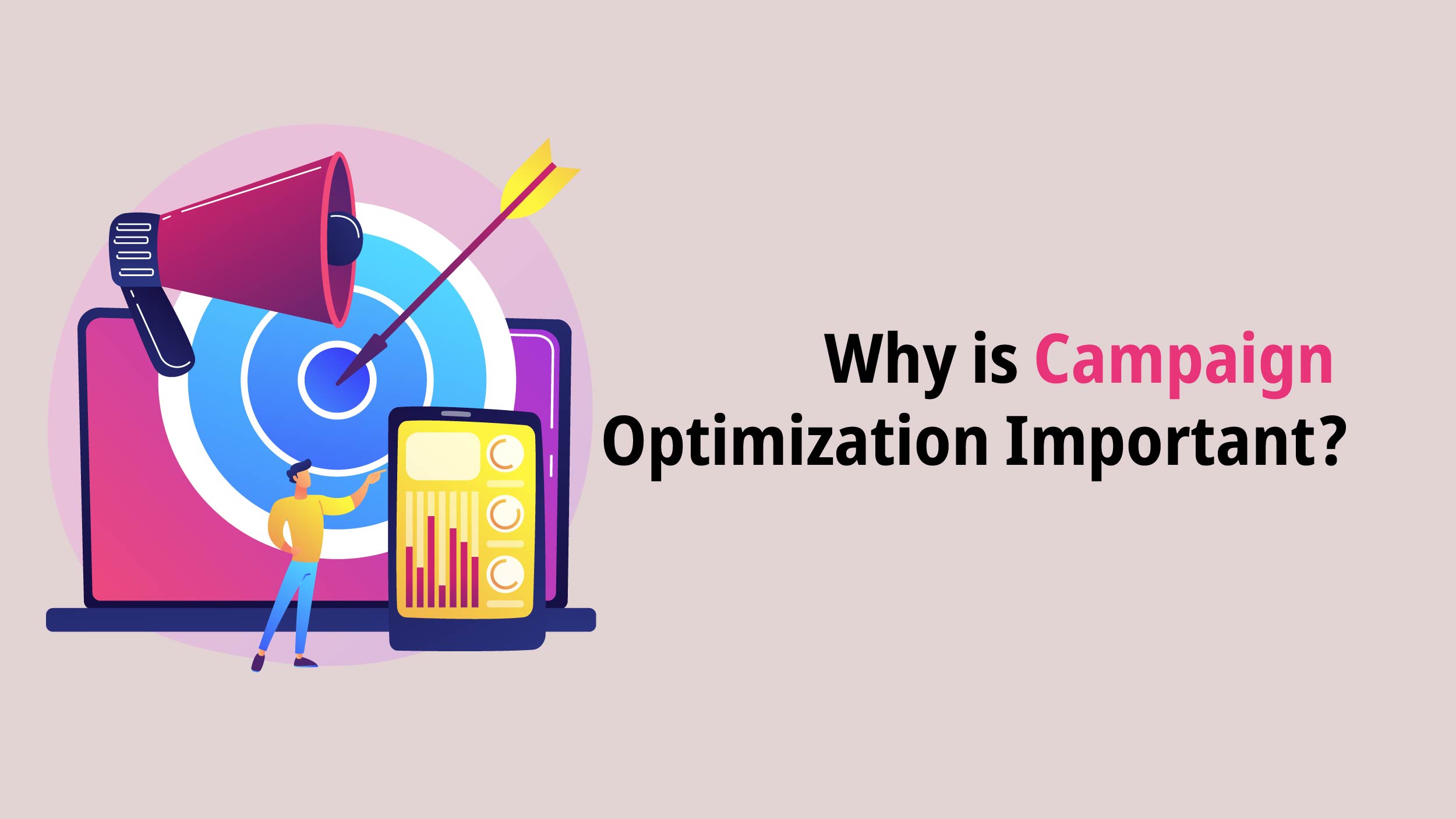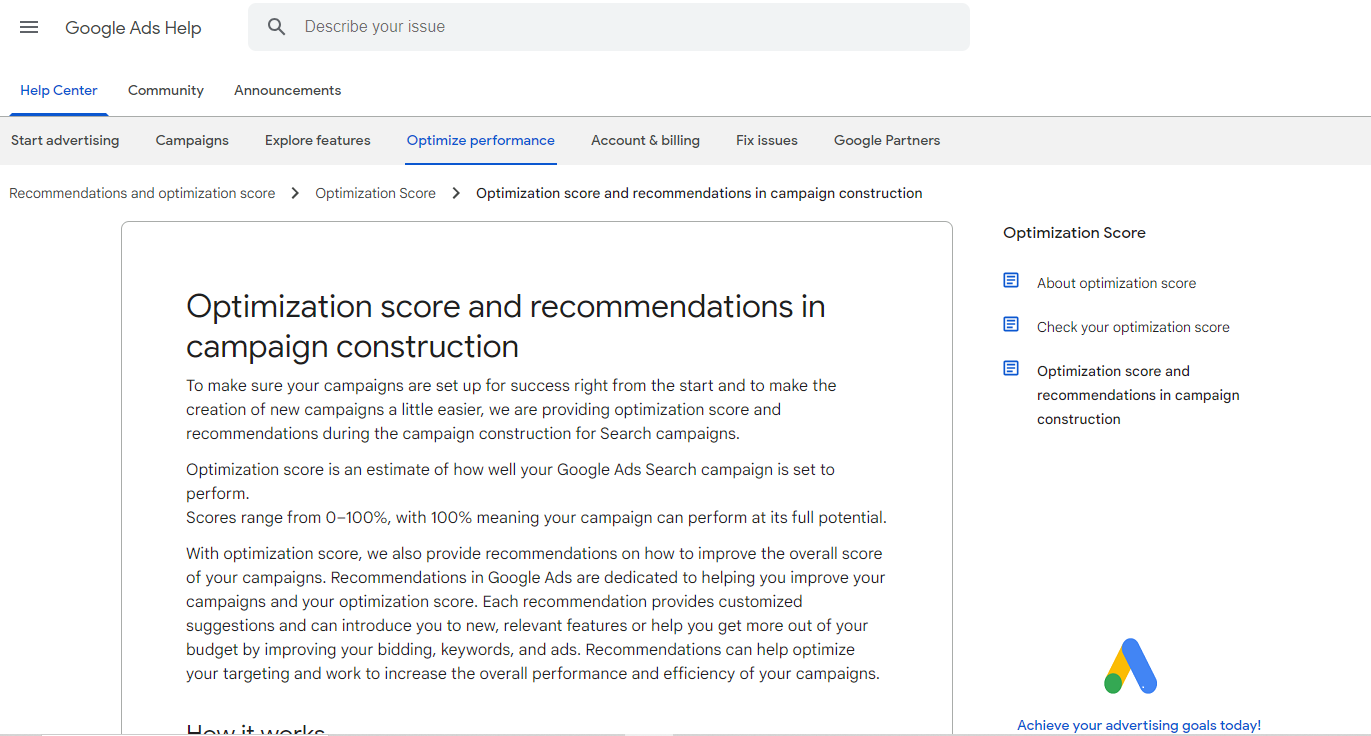As a marketer, your primary goal is to run effective campaigns that yield optimal results. According to a survey conducted by Rakuten, over 1000 marketers responded that they waste 26% of their budget on ineffective campaigns and strategies.
This is why campaign optimization is crucial. Optimizing ad marketing campaigns ensures your ads reach the target audience while meeting key performance indicators (KPIs). This article covers everything on optimizing your campaigns, benefits, tools, examples, and more.
What is Campaign Optimization?
Campaign optimization is the process of improving and refining ad marketing campaigns to yield better performance and results. It includes analyzing data, real-time monitoring campaigns, and making strategic adjustments.
The main goal of optimization is to boost crucial metrics such as engagement, conversion, and click-through rates.
Put simply, this process allows marketers to identify areas for improvement, use data to make adjustments and reallocate resources for targeted campaigns.
Google has put forth a guide discussing the best practices and recommendations for optimum campaign construction.
Why is Campaign Optimization Important?
 Campaign optimization is important for several reasons. It helps businesses enhance the performance of their marketing campaigns, increase their return on investment (ROI), and reach their ideal target audience more effectively.
Campaign optimization is important for several reasons. It helps businesses enhance the performance of their marketing campaigns, increase their return on investment (ROI), and reach their ideal target audience more effectively.
By analyzing data and gaining valuable insights, marketers can tailor their campaigns to address customer needs and continuously improve their strategies. Optimization also ensures cost efficiency by reallocating resources to the most impactful channels and strategies.
There are multiple campaign optimization tools available (both free and paid) such as Mailchimp, Google Analytics (free), ClickGUARD, Acquisio, and more.
How Do You Optimize a Marketing Campaign?
There are several ways to optimize campaigns, but focusing on aspects that target your ideal customer is key. After all, reaching them when they’re ready to buy increases your chances of conversion, whether it’s more subscribers, shoppers, or traffic you’re after.
The good news?
Optimization doesn’t have to be daunting. It’s about honing in on what works best and being open to adjustments along the way. Here’s a breakdown of some essential strategies:
Know Your Audience Inside Out
It is crucial to understand your target audience, even down to their personas. Take the time to grasp their needs and how your product or service fills those gaps. This helps tailor your marketing efforts effectively.
Use Heat Maps and A/B Testing
Small tweaks can make a big difference. Heat maps track visitor behavior, while A/B testing compares different versions of your content or page to see what works best. This combination provides invaluable insights for optimization.
Leverage Landing Pages
Directing traffic to specific landing pages rather than your homepage enhances conversion rates. It streamlines the user journey and allows for focused optimization efforts, ideal for A/B testing and honing in on campaign effectiveness.
Prioritize Mobile Users
Mobile optimization is non-negotiable. Ensure your campaigns are tailored for mobile users with fast-loading pages and user-friendly elements. Specific mobile campaigns and clear CTAs cater to the on-the-go audience.
Track Your Analytics Religiously
Utilize tools like Google Analytics to monitor campaign performance comprehensively. Regularly reviewing reports provides valuable insights for tweaking strategies and ensuring ongoing success.
Focus on Conversions
Instead of solely chasing leads, prioritize conversions. Whether it’s sign-ups, downloads, or social media engagement, measure success by the actions that drive business growth rather than mere leads.
Benefits of Marketing Campaign Optimization
Here are some benefits of marketing campaign optimization:
- Boosted Conversion and Sales: Optimizing campaigns helps businesses increase their chances of converting leads into sales by reaching the right audience and delivering compelling messages.
- Enhanced Targeting and Reach: Optimization ensures that marketing efforts are focused on the desired audience, leading to more effective and relevant messaging that resonates with potential customers.
- Cost-Effective Strategies: By analyzing campaign data, businesses can allocate their budget more wisely, investing in strategies that yield the best results and avoiding wasted spending.
- Actionable Insights: Optimization provides valuable insights into campaign performance and customer behavior, enabling businesses to make informed decisions and refine their strategies based on real data.
- Increased Website Traffic: By optimizing various marketing channels, businesses can drive more traffic to their website or landing pages, increasing the chances of attracting potential customers.
- Continuous Improvement: Optimization is an ongoing process that allows businesses to continuously refine and improve their marketing campaigns, adapting to changing trends and customer preferences.
Examples of Campaign Optimization
- Channel Attribution: Understanding which marketing channels drive the most traffic allows you to invest resources wisely. By prioritizing high-performing channels, you can fine-tune your ad campaigns for better results.
- Targeting Refinement: Tailoring your audience parameters ensures your campaign reaches the right people. Whether it’s demographics, interests, or behaviors, refining targeting increases the likelihood of conversions.
- Ad Creative and Copy Refinement: Testing different ad variations helps pinpoint the most effective messages. Optimizing creatives and copy ensures your content resonates with your audience, boosting engagement.
- Budget Allocation: Analyzing campaign data guides strategic budget allocation. Investing in channels and strategies with proven performance maximizes ROI and optimizes campaign effectiveness.
- Landing Page Optimization: Enhancing landing page design and user experience boosts conversion rates. Optimized layouts and intuitive navigation lead to better campaign outcomes.
- Keyword Optimization: In search engine marketing, optimizing keywords enhances ad relevance and click-through rates. Strategic keyword selection improves campaign performance and visibility.
- Continuous Monitoring and Analysis: Regularly tracking campaign metrics allows for ongoing optimization. You can refine strategies in real-time by identifying trends and areas for improvement.
- Mobile Optimization: Adapting campaigns for mobile devices ensures seamless user experiences. Responsive design and mobile-specific formats maximize reach and engagement among mobile users.
By implementing these techniques and staying vigilant in monitoring and adapting your campaigns, you can optimize performance and drive better results
Final Verdict
Campaign optimization is a vital aspect of any successful marketing strategy. By fine-tuning targeting parameters, refining ad creatives, allocating budgets effectively, and continuously monitoring performance, businesses can significantly improve their conversion rates, reach their target audience more efficiently, and maximize their return on investment.



Comments are closed.